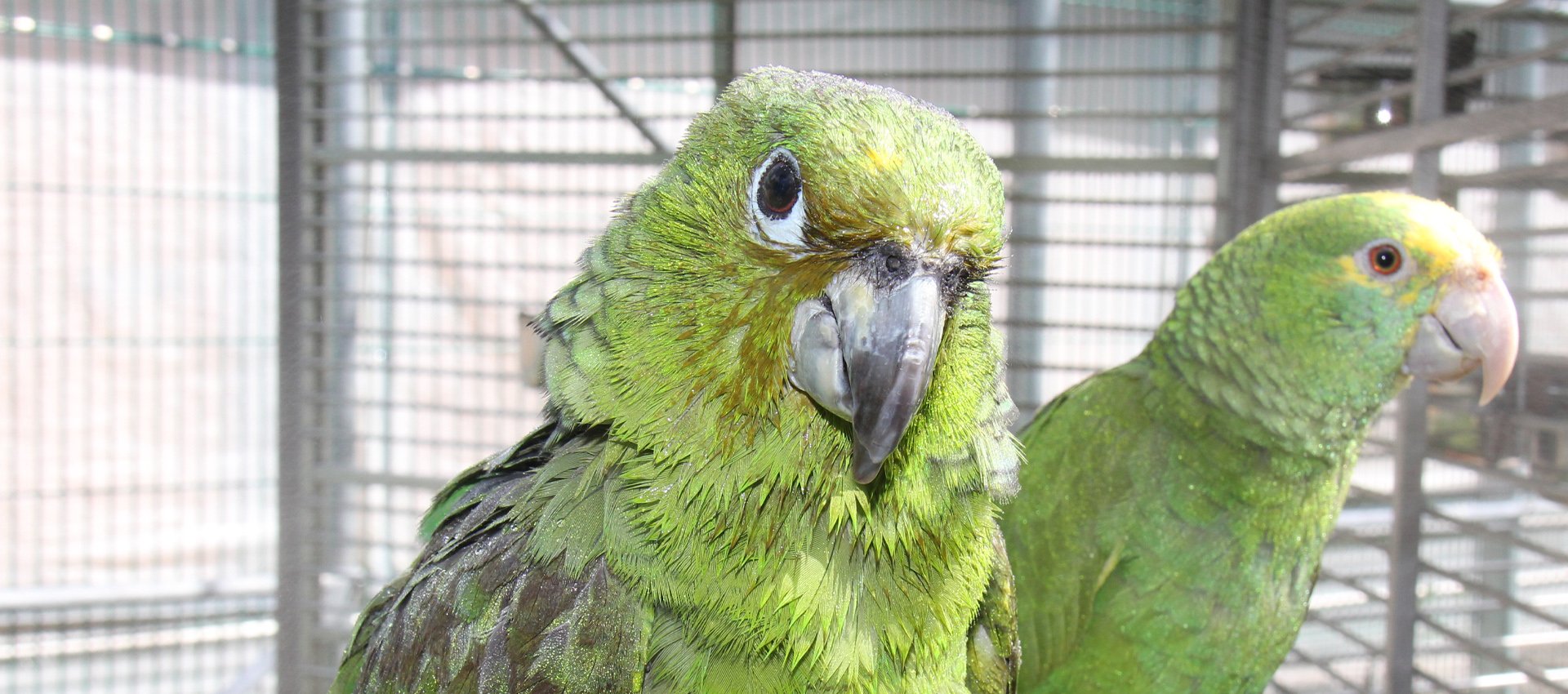Your cart is currently empty!

HARI Official Brand Site

If you’ve been caring for companion birds for any length of time, it’s surely happened to you. And, as the odds are typically stacked, blood related accidents usually happen at the most inopportune moment! When it comes to discovering a parrot in a blood bath, there really is no opportune time is there?
Unfortunately, many avian caretakers sooner or later find themselves in this situation. And, unless your avian veterinarian lives next door, it’s better to be prepared and know what first aid method to utilize as soon as possible. Blood accidents can happen at any moment and it doesn’t matter if it’s a single bird or a pair of breeding birds. The thing to remember is to act quickly and calmly. First things first;
Many of us automatically practice hydrotherapy when we experience a scrape or cut on ourselves. We run over to the sink and run water on or grab a wet cloth to sooth and wash away the blood. So why the fancy name? Aside from allowing a better view of the wound, running warm soothing water removes dirt and debris. The action of allowing running water to flow onto an injured site will naturally and painlessly remove the dead cells and dry blood from a wound. The movement of the water will also trigger an immediate cell tissue repair response, decrease inflammation and activate circulation and encourage vascularization. This increased blood flow carries nutrients to help repair the damage. In fact, hydrotherapy is beneficial for birds with challenges in skin conditions such as feather plucking and Amazon Foot Necrosis. Be sure the water source is clean and of cool to warm temperatures.
Sometimes it’s easy-and sometimes it’s not! Typical injuries on parrots, and especially finch species, for that matter are often difficult to bandage as traditional bandages are complicated to apply. And inevitably, the patient, in an attempt to rid the foreign object, can complicate the severity of the injury or delay the healing process.
Some wounds on birds are often challenging to keep bandaged as seen with the macaw that suffered a bloody injury just under the nail bed. Traditional bandages are difficult to apply and the bird only tears them off-an instinctive action that complicates the injury and delays the healing process.

Explore our list of commonly asked questions from fellow parrot owners just like yourself